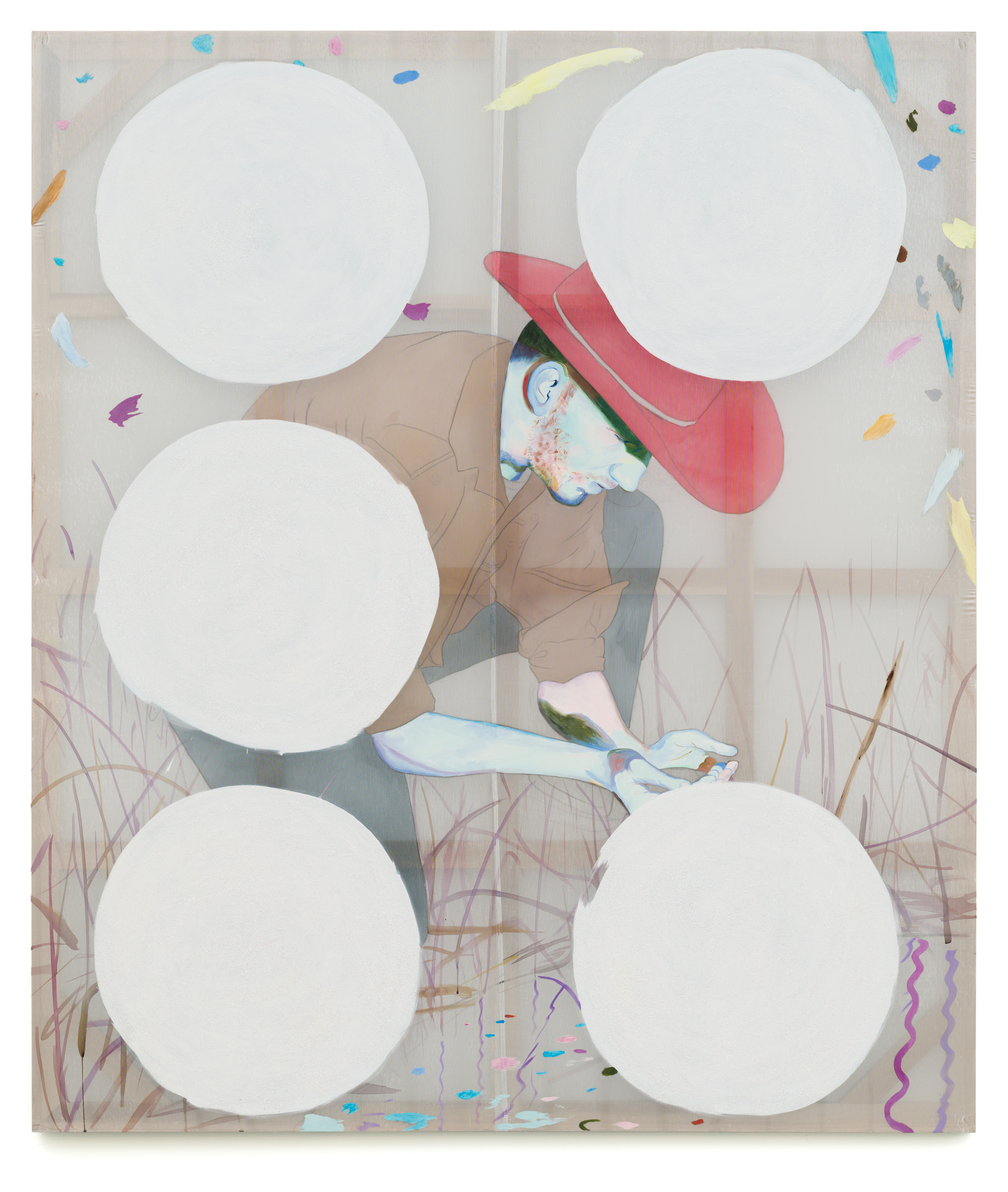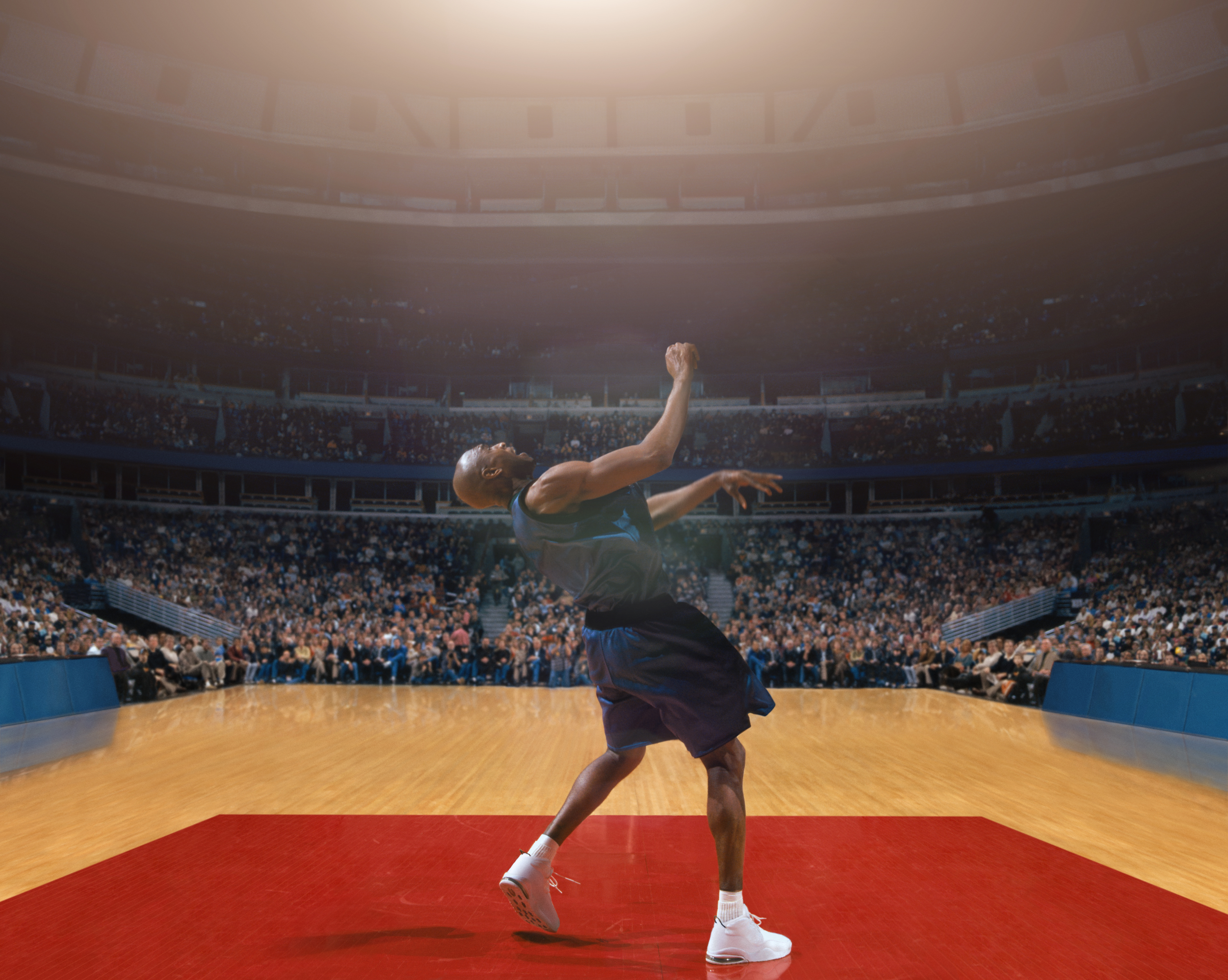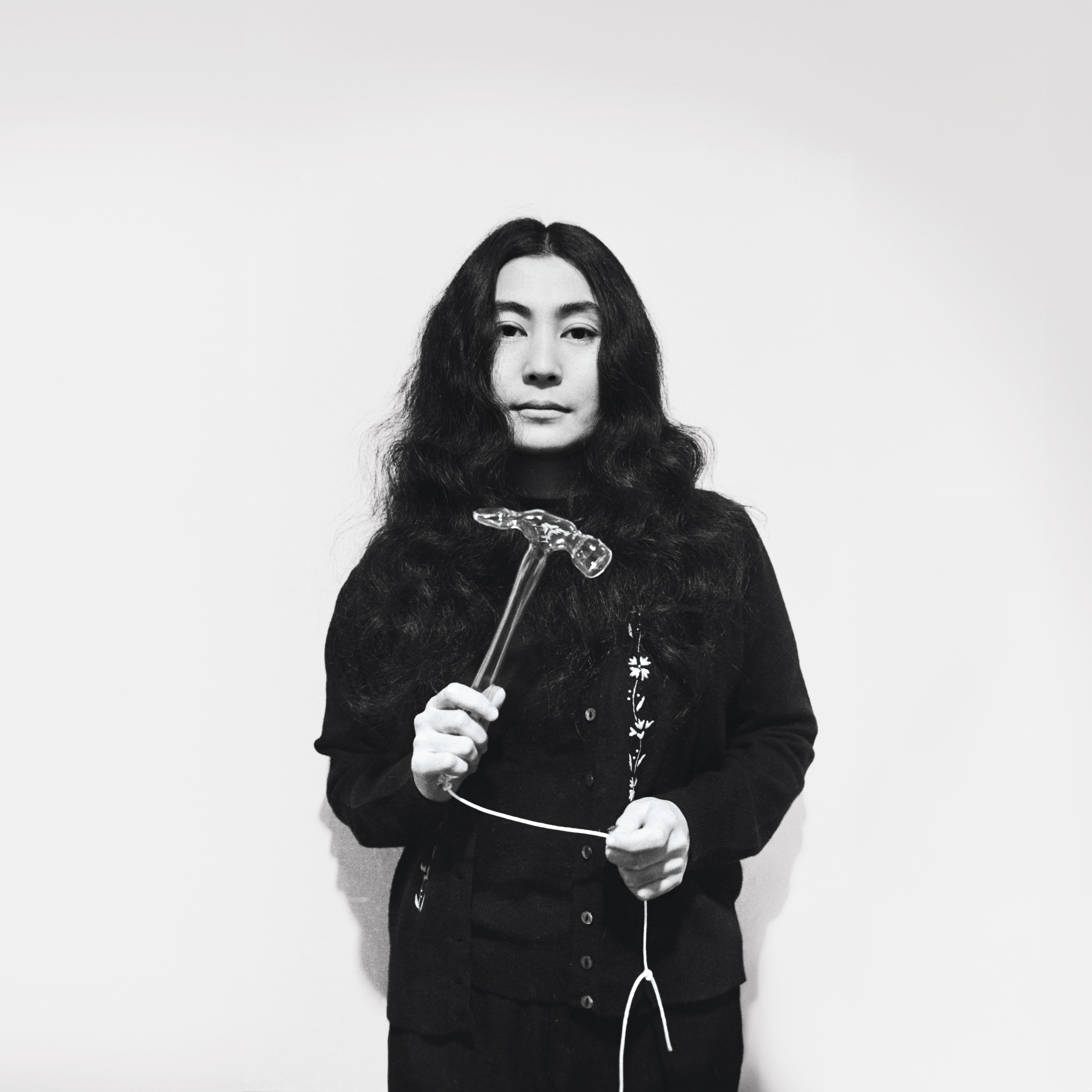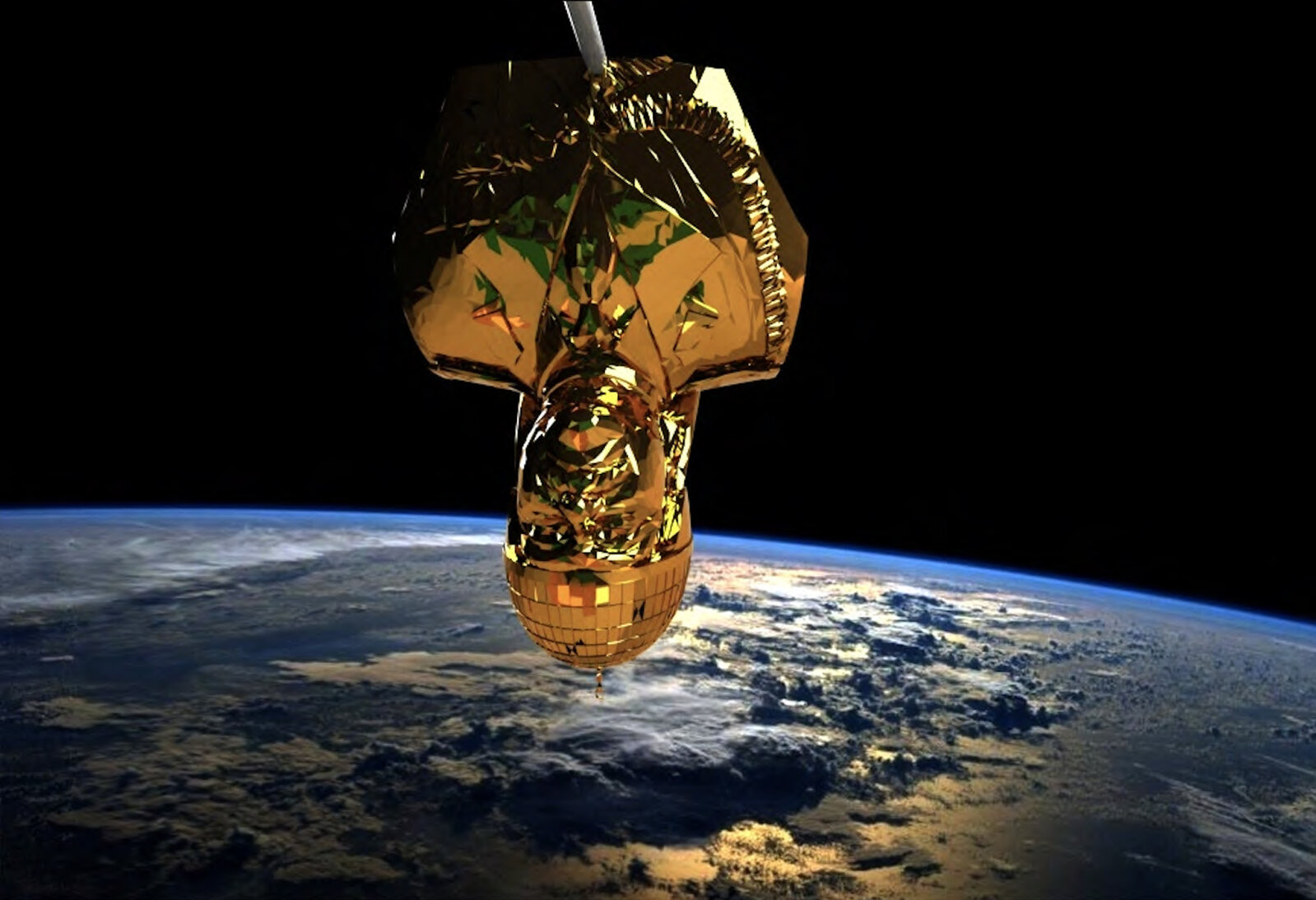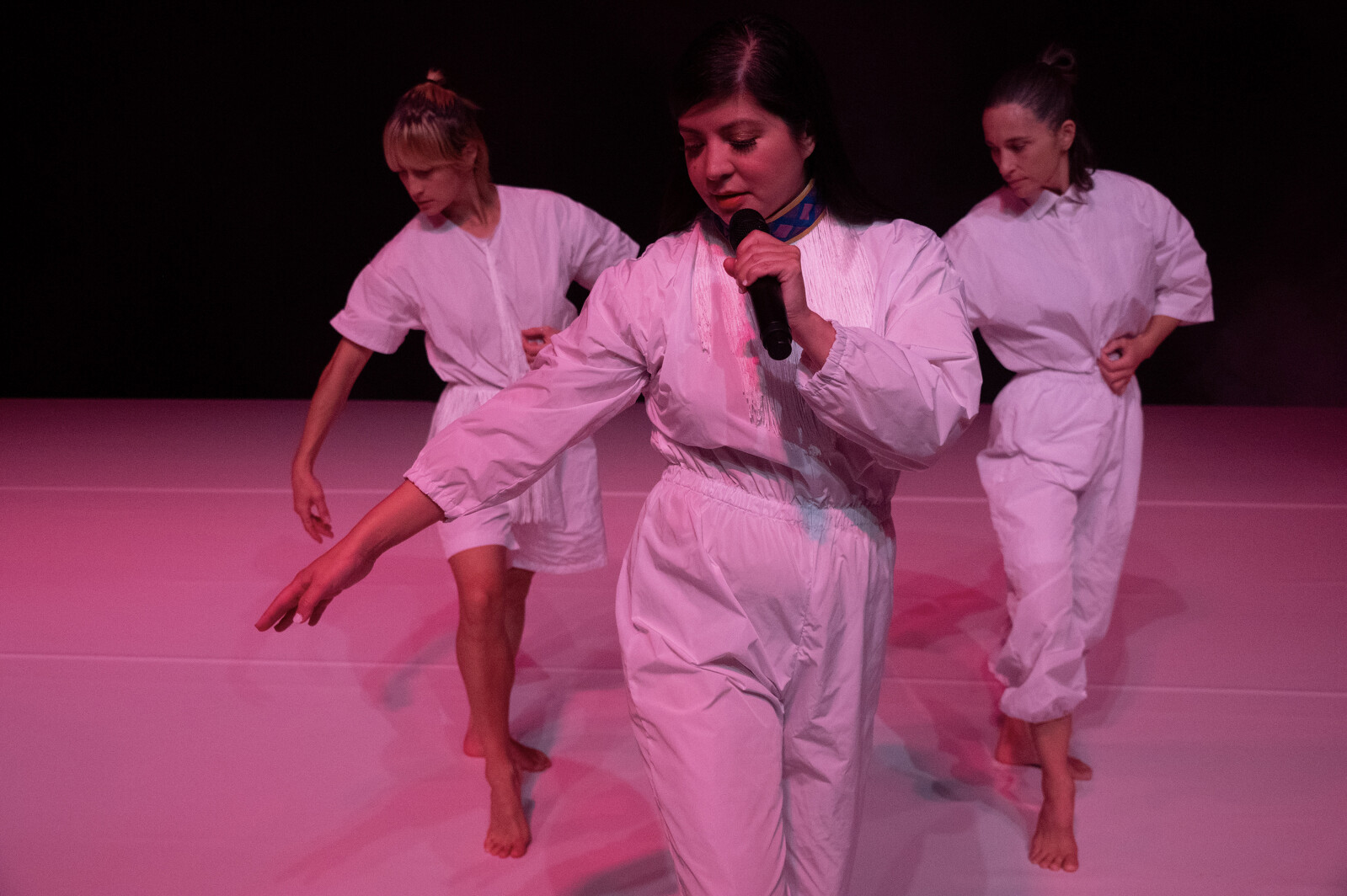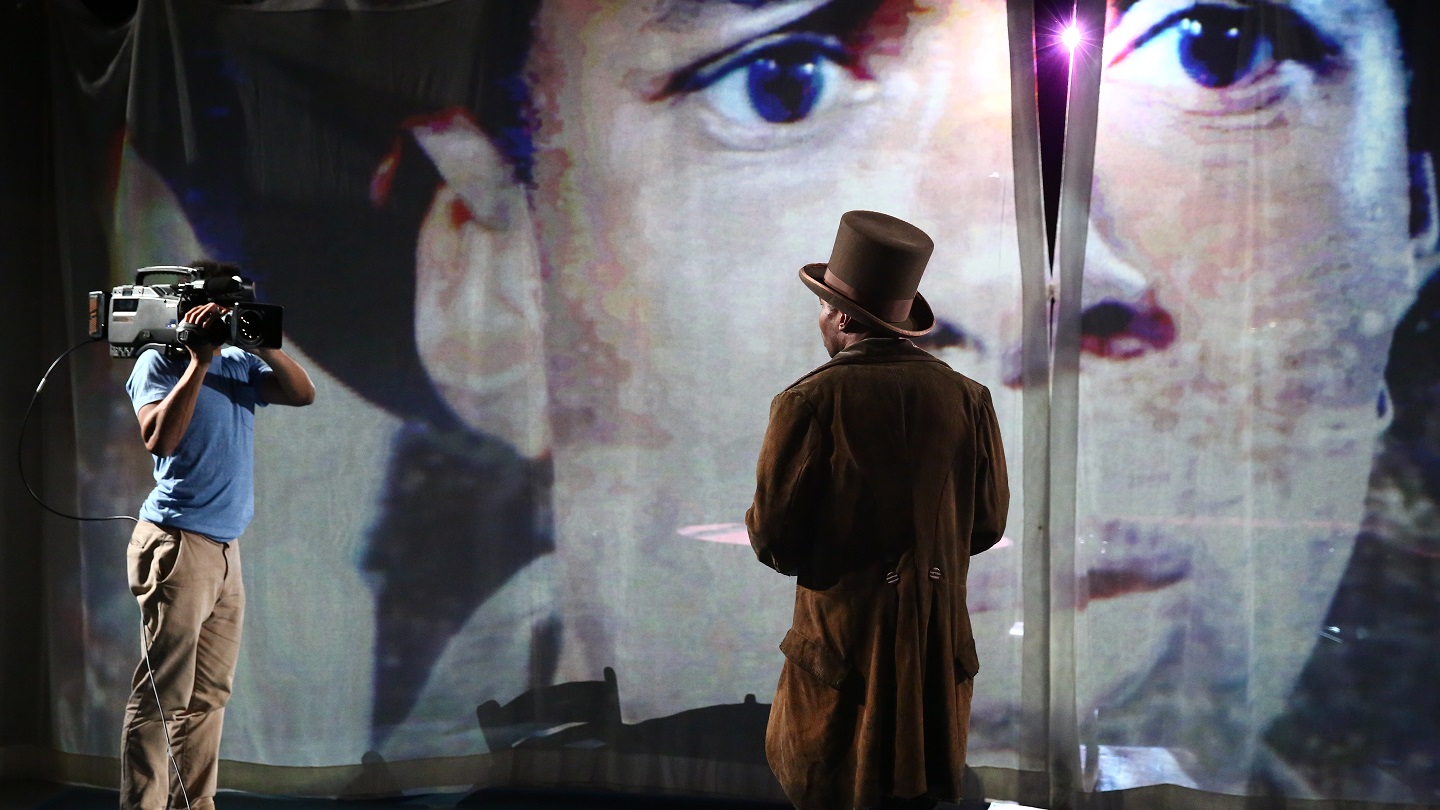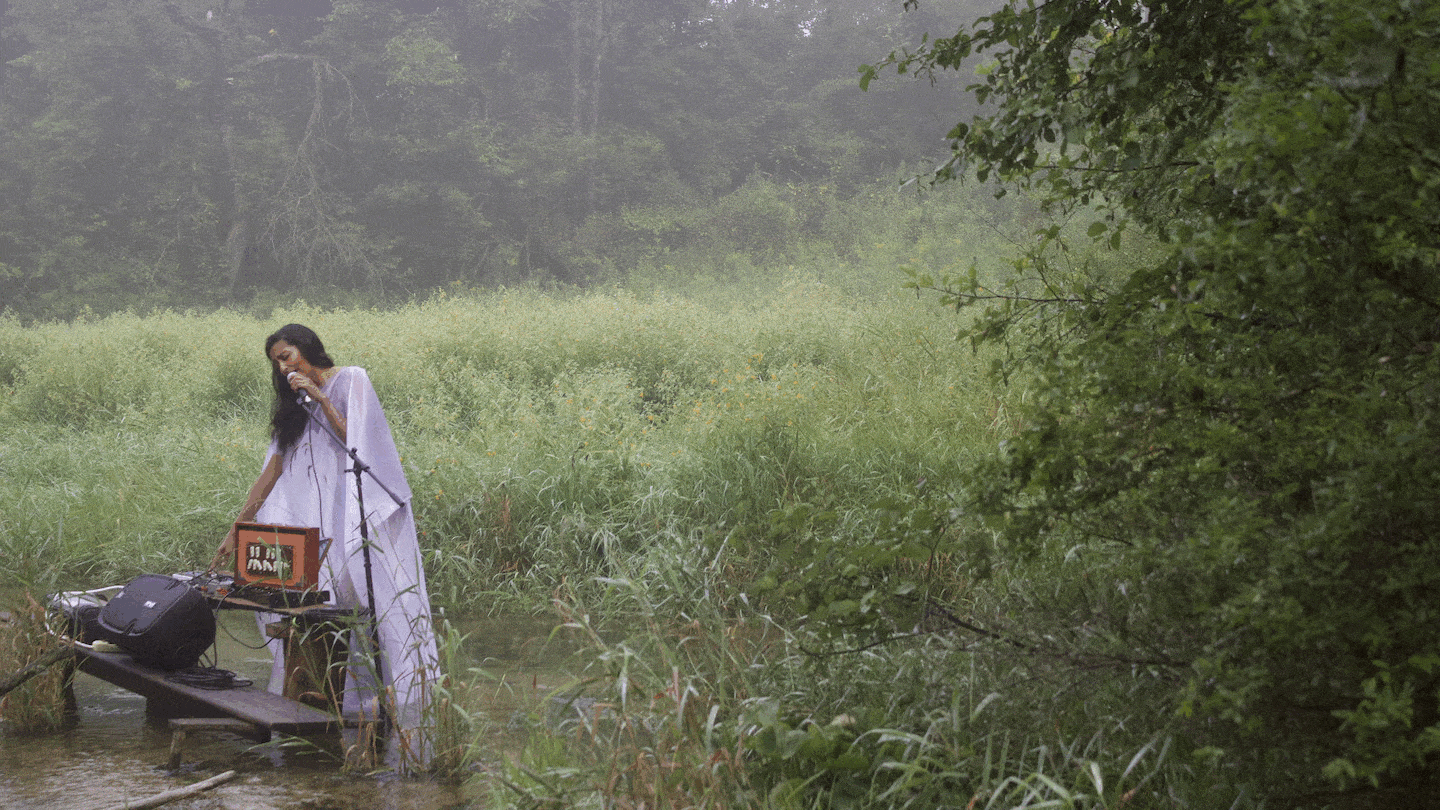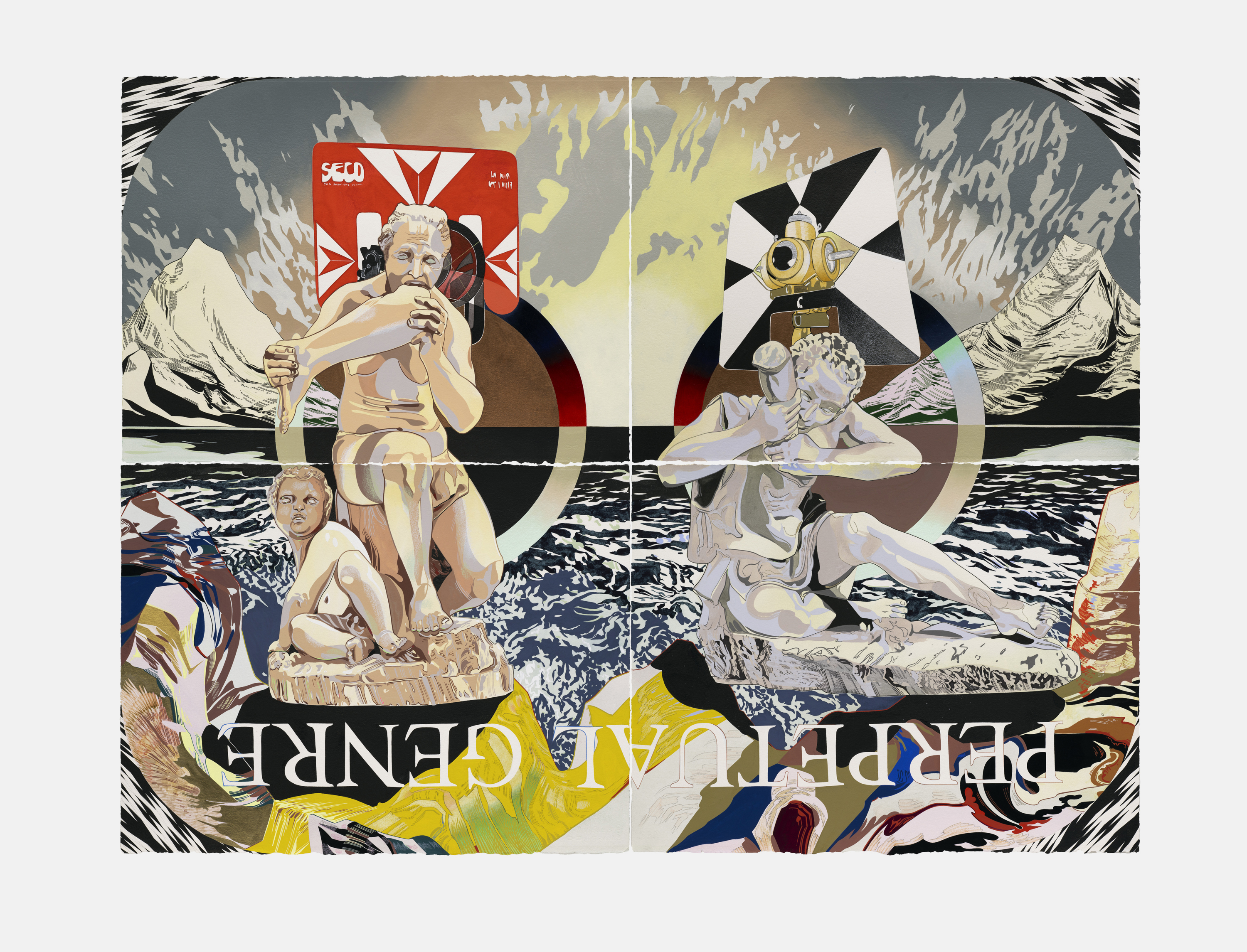ESCULTURA SOCIAL:
A NEW GENERATION OF ART FROM MEXICO CITY
In its final days!
Through September 2, 2007
Museum of Contemporary Art
220 East Chicago Avenue
Chicago, Illinois 60611
T 312.397.3826
F 312.397.4095
W www.mcachicago.org
Over the last ten years, Mexico City has become a thriving hub of artistic activity. A daring young generation of artists has developed a new vocabulary that embraces non-traditional materials as well as video, photography, and performance, with a love of conceptual art. This summer, the Museum of Contemporary Art (MCA), Chicago, presents Escultura Social: A New Generation of Art from Mexico City from June 23 to September 2, 2007 to explore the work of these significant and creative young artists.
Unlike recent surveys of Latin American art or regional overviews of art from Mexico, Escultura Social focuses on art that combines popular culture with a conceptual style that can be humorous, macabre, and imaginative in pushing the boundaries of art. This exhibition is not defining a movement or looking at a panorama of artists working in Mexico, instead, it includes innovative work made primarily in the last two years that has had a significant impact outside of Mexico by artists who formed a community in Mexico City and have often collaborated on projects together.
Escultura Social is curated by MCA Assistant Curator Julie Rodrigues Widholm who based the show’s theme on German performance artist Joseph Beuyss idea of social sculpture, which she translated into the Spanish as escultura social. She explains, “The works are all socially engaged; they draw connections between people, animals and nature; they revisit conceptual practices/actions from the 1960s; and promote a demystified and democratic idea of artmaking. In addition, the meaning of the images, objects, and actions are at the crux of these artists works and the exhibition provides an opportunity to showcase their recent developments.”
Influenced by twentieth-century art historical movements such as conceptualism, actions and happenings, the work also refers to aspects of popular culture — television, music, advertising, or flea markets — and its history, urban life, and current political issues, but in a fresh new way.
Mexico’s long political climate of oppression and corruption set the stage for unorthodox, collective, and do-it-yourself art practices in the 1990s. For example, in 1994, young artists Yoshua Okon and Miguel Calderon opened an exhibition space at a former bakery in Mexico City — La Panaderia — which was a gathering place for ten years for numerous artists, writers, and curators from Mexico and abroad. This and other collective efforts such as Temistocles44 and La Torre de los Vientos created an audience and forum for discussions about work that broke from tradition. An international dialogue has been crucial to its development, with several artists studying or participating in group exhibitions in the U.S. and Europe.
The Escultura Social exhibition includes site-specific, performative, and ephemeral projects in addition to videos, photographs, and installations. The complete list of artists includes: Maria Alós, Carlos Amorales, Julieta Aranda, Gustavo Artigas, Stefan Brüggemann, Miguel Calderón, Fernando Carabajal, Abraham Cruzvillegas, Dr. Lakra, Mario Garcia-Torres, Daniel Guzmán, Pablo Helguera, Gabriel Kuri, Nuevos Ricos, Yoshua Okón, Damian Ortega, Fernando Ortega, Pedro Reyes, Los Super Elegantes, and the architect Fernando Romero.
Artists Maria Alós (Mexican/American, b. 1973) Lives and works in Mexico City
Alós is known for performances that often take place in public spaces, such as Grand Central Station. She also stages events in museums that act as an institutional critique, revealing unwritten rules of how art is displayed, collected and viewed. For the MCA, Alós creates Welcome/Farewell in which several performers recite a script saying hello and goodbye to the visitors during the preview and members openings of the exhibition.
Carlos Amorales (Mexican, b. 1970) Lives and works in Mexico City and Amsterdam
Amorales has moved away from his lucha-libre style wrestling performances, for which he became well-known, toward a body of computer animations and graphic work based on a vast image bank that he calls a liquid archive. Amorales also collaborates with musicians and composers and has co-founded an artist collective/record label called Nuevos Ricos.
Julieta Aranda (Mexican, b. 1975) Lives and works in New York and Berlin
Most of Arandas work operates outside the realm of art objects, instead creating video rental stores, newspapers, and graffiti, involving the ethos of a particular site.
Gustavo Artigas (Mexican, b. 1970) Lives and works in Mexico City
In his videos and live actions that often evoke visceral reactions in viewers, Artigas directs performances that range from a football and soccer game being played on the same field to a motorcycle driving through a museum. He is developing a new work, Ball Game, in collaboration with an at-risk youth summer basketball league for this exhibition.
Stefan Brüggemann (Mexican, b. 1975) Lives and works in Mexico City and London
Working with text in various manifestations including neon and vinyl applied to the wall, Brüggemann examines how its meaning is brought into question when isolated into succinct and ambiguous phrases. Brüggemann’s vinyl and neon texts recall the work of Joseph Kosuth, but with a more sardonic approach.
Miguel Calderon (Mexican, b. 1971) Lives and works in Mexico City
Working in a variety of media including painting, photography, sculpture, and more recently video, Calderons interest in popular culture and his childhood fascinations with animals have become his subjects.
Fernando Carabajal (Mexican, b. 1973) Lives and works in Mexico City
Employing a poetic and ambiguous sensibility, Carabajal takes materials from his studios to create miniature galaxies of the artists imagination.
Abraham Cruzvillegas (Mexican, b. 1968) Lives and works in Paris
Cruzvillegas creates elegant sculptures from everyday materials that relate specifically to the locations of his art practice, employing the legacy of Duchamps technique of the readymade.
Dr. Lakra (Mexican, b. 1972) Lives and works in Mexico City
Dr. Lakra is a tattoo artist who transforms idealized figures and advertisements from 1950s Mexican magazines, pin-up girls and wrestlers, by tattooing them with ink snakes, demons, spiders, and the faces of pouting vixens. His graffiti-like defacements politicize the relative innocence of images of a romanticized past, combining a kitschy erotica with elements of ancient ritual and hallucinogenic visions in his collages.
Mario Garcia-Torres (Mexican, b. 1975) Lives and works in Los Angeles
Mario Garcia-Torres practice is concerned with rethinking history and more specifically about calling attention to art historical moments and conceptual works for which the artist reconsiders their significance. In his work, the politics of memory are constantly revised.
Daniel Guzman (Mexican, b. 1964) Lives and works in Mexico City
Guzman is best known for his groups of drawings that combine texts from the lyrics of his favorite songs or books and related imagery. For this exhibition, his recent sculptural work is being included for its similar juxtaposition of text with objects that question ideas of value.
Pablo Helguera (Mexican, b. 1971) Lives and works in New York City
Helguera works with installation, sculpture, photography, drawing, and performance considering the relationship between history, cultural production, and language. Helguera fictionalizes the real, generating commentary and discussion about our surrounding cultural and political reality. In 2006, Helguera presented The School of Panamerican Unrest, a traveling public art project developed in numerous cities and locations in the United States and Latin America.
Gabriel Kuri (Mexican, b. 1970) Lives and works in Brussels and Mexico City
Kuri brings into question the manner by which transactions of value are represented everyday. He uses commonplace materials for their physical properties as well as their semantic implications creating a dialogue between cultural identity, economic structures, class issues, history, and temporality.
Nuevos Ricos Carlos Amorales (born Mexico City, 1970); Julian Lede (born Buenos Aires, 1971); and Andre Pahl (born Hilden, Germany, 1975)
Artist Amorales, musician Lede, and graphic designer Pahl started Nuevos Ricos in 2003 as a way to create a hybrid art project and record label. The guise of the record label was a way for them to explore how rock music functions in Mexican youth culture. The interplay between art and life and the medias influence on reality is at the crux of Nuevos Ricos work, which includes special projects and events at exhibitions and art fairs. Their project for the MCA, El Guerreros, takes the form of a newspaper to replicate the importance of the mass medias influence, first through the film and then the local newspapers who reported on the rise of gangs in the 1980s in Mexico City.
Yoshua Okón (Mexican, b. 1970) Lives and works in Mexico City and Los Angeles
Okons videos blend staged situations, documentation, and improvisation and puts into question habitual perceptions of reality and truth, identity and morality, by collaborating with everyday people in the process of their own representation. He was the co-founder of La Panaderia an independent exhibition space with major influence in the contemporary art scene in Mexico City.
Damián Ortega (Mexican, b. 1967) Lives and works in Mexico City and Berlin
Subverting the notion of sculpture as a solid, monumental, finished object, the video and sculptural works of Ortega are intended to raise questions. Far from being static, his work suggests the potential for continual evolution and change. The exhibition includes the 16mm film projection Escarabajo, the third part of his Beetle Trilogy.
Fernando Ortega (Mexican, b. 1971) Lives and works in Mexico City
Ortega works in a wide range of media including video, photography, installation and sound interventions. Ortegas work brings to the attention of the viewer the balancing act, between sensory experience of chance encounters and intellectual understanding, which underlies our interpretations of the world.
Pedro Reyes (Mexican, b. 1972) Lives and works in Mexico City
Trained as an architect, Reyes is interested in the relation between architectural structures and their use, and is often seeking a transcendental individual and collective experience in his work.
Los Super Elegantes – Milena Muzquiz (Mexican, b.1974) and Martiniano Lopez-Crozet (Argentinian, b. 1968) Live and work in Los Angeles
Los Super Elegantes are a unique punk-mariachi-hip-pop group from Los Angeles (via Tijuana and Buenos Aires). They founded the group in 1995 and have mixed original music with theatrical stage improvisations in amusing live performances. Together they perform onstage with a backing band (or lip-synch to prerecorded tracks) at concerts, art events, and parties; record albums and create music videos; make photographs and T-shirts; and write, design sets for, and star in their own plays. The two met as art students in San Francisco in 1992, formed Los Super Elegantes in 1995, and by 1997 were living in Mexico City with an album released on a major Latin American label. The band is currently working on a new album that will be released in 2007.
Fernando Romero (Mexican, b. 1971) Lives and works in Mexico City
Romero founded LCM (Mexico City Laboratory) in 1999 where he developed a uniquely interdisciplinary workshop. In 2005, he founded LAR (Laboratory of Architecture) in Mexico City, a branch of his firm focused on research and experimental projects. Recent international commissions have included Bridging Tea House (2004) for the Jinhua Architecture Park in China.
Panel Presentation
Exploring the Contemporary Art Scene in Mexico City
Saturday, June 23, 2 pm, MCA Theater
Internationally-recognized artists Abraham Cruzvillegas, Carlos Amorales, and Julieta Aranda will be joined by the curator of the exhibition, Julie Rodrigues Widholm, and Cesareo Moreno, Visual Arts Director at the National Museum of Mexican Art, to discuss their work, their artistic process, and the contemporary art and culture scene in Mexico. For tickets call 312.397.4010.
Exhibition Catalogue
Escultura Social: A New Generation of Art from Mexico City
Edited by Julie Rodrigues Widholm with essays by Julie Rodrigues Widholm and Itala Schmelz. Featuring the work of twenty-one artists, this bilingual volume includes several artists writings by pioneers of artist-run exhibition spaces: Stefan Brüggemann, Abraham Cruzvillegas, Pedro Reyes, and Yoshua Okón, Critical essays on the contemporary Mexican scene and relevance of Beuyss ideas are accompanied by illustrated texts on each artist in this unique and important book. Itala Schmelz is director of the Sala de Público Siqueiros, Mexico City. The catalogue is 224 pages with 130 color illustrations. It is available in the MCA Store for $39.95.
Travel Schedule
Nasher Museum of Art at Duke University: January 15 – May 31, 2009
Related Exhibitions
National Museum of Mexican Art: Women Artists of Modern Mexico: Fridas Contemporaries
(Mujeres artistas en el México de la modernidad: Las contemporáneas de Frida)
June 22 – September 2, 2007
This exhibition showcases and brings to light the artistic works of 26 women who have produced art since the beginning of the twentieth century. These women used different artistic languages such as painting, photography, printmaking, and sculpture to provide a view of modernity through different proposals and approaches. They were creators, muses, and also politically active. This exhibition is comprised of artwork by exceptional women whose expressions were not limited to the visual arts, but rather included literature, music, dance, theater, and cinema. This exhibition takes place at the National Museum of Mexican Art in Chicago (1852 W 19th St)
National Museum of Mexican Art: Nahui Olin: A Woman Beyond Time
(Nahui Olin: Una mujer fuera del tiempo)
June 22 – September 2, 2007
This exhibition presents the artwork of Nahui Olin, a woman of great intellectual and creative capacity. These qualities quickly made her a prominent figure in a country that was headed toward modernism. These pieces will help the public gain a better understanding of how Nahui Olin opened the roads to freedom for other female artists who walked freely and with great dignity through the cultural scene of twentieth-century Mexico. This exhibition takes place at the National Museum of Mexican Art in Chicago (1852 W 19th St)
Major support for Escultura Social: A New Generation of Art from Mexico City is generously provided by the Harris Family Foundation in memory of Bette and Neison Harris. Additional support is provided by Karen and Steven Berkowitz; Juan and Gela Gallardo; Anne and William J. Hokin; Abe Tomás Hughes II and Diana Girardi Karnas; The Albert Pick, Jr. Fund; and Jim and Rita Knox. This exhibition is partially supported by a grant from the Governors International Arts Exchange Program of the Illinois Arts Council. Air transportation is provided by American Airlines, the Official Airline of the Museum of Contemporary Art.
The Museum of Contemporary Art, Chicago (MCA) is a private nonprofit, tax-exempt organization accredited by the American Association of Museums. The MCA is generously supported by its Board of Trustees, individual and corporate members, private and corporate foundations, and government agencies including the Illinois Arts Council, a state agency, and the City of Chicago Department of Cultural Affairs. The Chicago Park District generously supports MCA programs. Air transportation is provided by American Airlines, the Official Airline of the Museum of Contemporary Art. The MCA is located at 220 E. Chicago Avenue, one block east of Michigan Avenue. The museum and sculpture garden are open Wednesday through Sunday from 10 am to 5 pm and Tuesday from 10 am to 8 pm. The museum is closed on Monday. Enjoy free admission every Tuesday generously sponsored by Target. Children 12 years of age and under, MCA members, and members of the military are admitted free. Information about MCA exhibitions, programs, and special events is available on the MCA website at www.mcachicago.org or by telephone at 312.280.2660.
Erin Baldwin 312.397.3828 ebaldwin@mcachicago.org
Karla Loring 312.397.3834 kloring@mcachicago.org
Sarah Wambold 312.397.3832 swambold@mcachicago.org
Images: www.mcachicago.org/media


